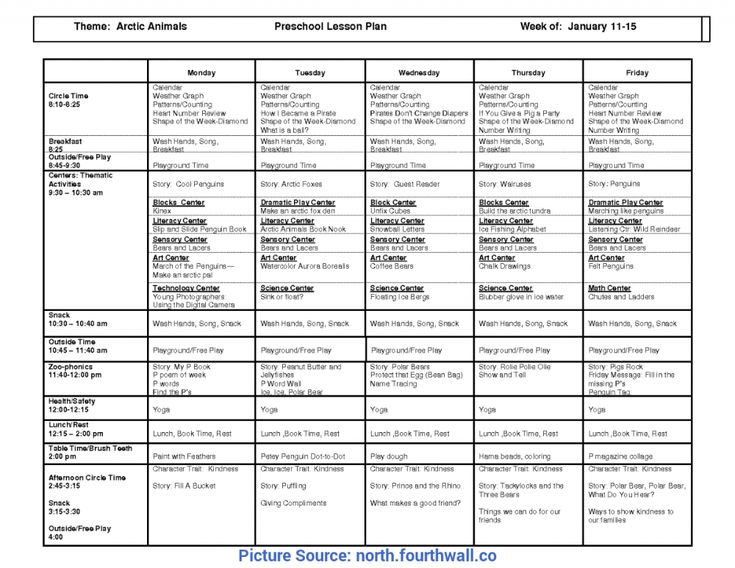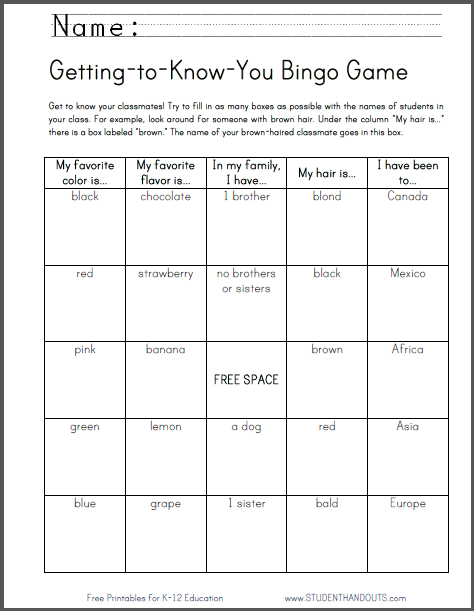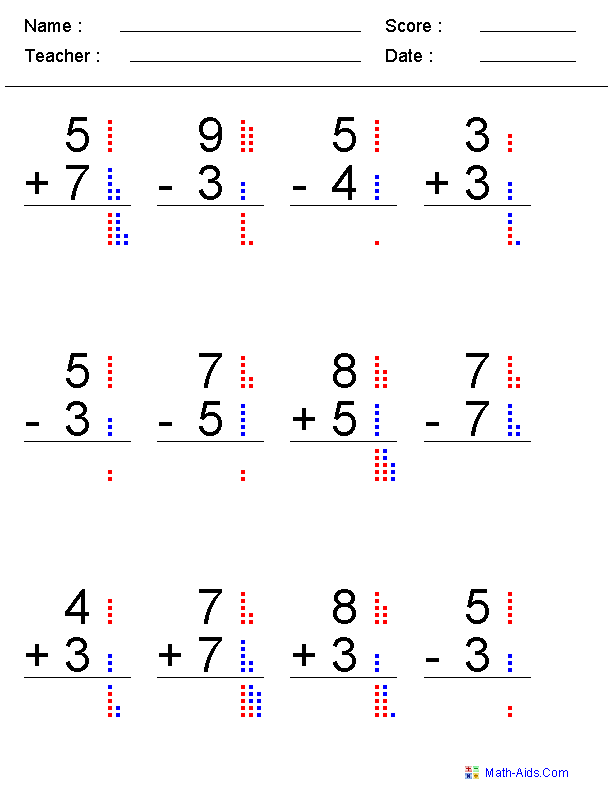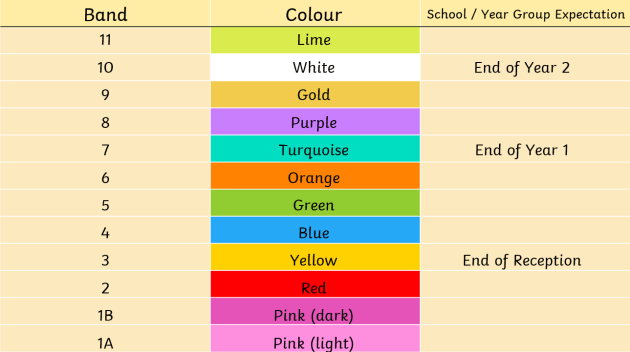Teaching your child
New skills for kids & behaviour management
Helping children learn new skills as part of behaviour management
When children can do the things they want or need to do, they’re more likely to cooperate. They’re also less likely to get frustrated and behave in challenging ways. This means that helping children learn new skills can be an important part of managing behaviour.
When children learn new skills, they also build independence, confidence and self-esteem. So helping children learn new skills can be an important part of supporting overall development too.
Here’s an example: if your child doesn’t know how to set the table, they might refuse to do it – because they can’t do it. But if you show your child how to set the table, they’re more likely to do it. They’ll also get a sense of achievement and feel good about helping to get your family meal ready.
There are 3 key ways you can help children learn everything from basic self-care to more complicated social skills:
- modelling
- instructions
- step by step.
Remember that skills take time to develop, and practice is important. But if you have any concerns about your child’s behaviour, development or ability to learn new skills, see your GP or your child and family health nurse.
When you’re helping your child learn a skill, you can use more than one teaching method at a time. For example, your child might find it easier to understand instructions if you also break down the skill or task into steps. Likewise, modelling might work better if you give instructions at the same time.
Modelling
Through watching you, your child learns what to do and how to do it. When this happens, you’re ‘modelling’.
Modelling is usually the most efficient way to help children learn a new skill. For example, you’re more likely to show rather than tell your child how to make a bed, sweep a floor or throw a ball.
Modelling can work for social skills. Prompting your child with phrases like ‘Thank you, Mum’, or ‘More please, Dad’ is an example of this.
You can also use modelling to show your child skills and behaviour that involve non-verbal communication, like body language and tone of voice. For example, you can show how you turn to face people when you talk to them, or look them in the eyes and smile when you thank them.
Children also learn by watching other children. For example, your child might try new foods with other children at preschool even though they might not do this at home with you.
How to make modelling work well
- Get your child’s attention, and make sure your child is looking at you.
- Move slowly through the steps of the skill so that your child can clearly see what you’re doing.
- Point out the important parts of what you’re doing – for example, ‘See how I am …’. You might want to do this later if you’re modelling social skills like greeting a guest.
- Give your child plenty of opportunities to practise the skill once they’ve seen you do it – for example, ‘OK, now you have a go’.

Instructions
You can help your child learn how to do something by explaining what to do or how to do it.
How to give good instructions
- Give instructions only when you have your child’s attention.
- Use your child’s name and encourage your child to look at you while you speak.
- Get down to your child’s physical level to speak.
- Remove any background distractions like the TV.
- Use language that your child understands. Keep your sentences short and simple.
- Use a clear, calm voice.
- Use gestures to emphasise things that you want your child to notice.
- Gradually phase out your instructions and reminders as your child gets better at remembering how to do the skill or task.
A picture that shows your child what to do can help them understand the instructions. Your child can check the picture when they’re ready to work through the instructions independently. This can also help children who have trouble understanding words.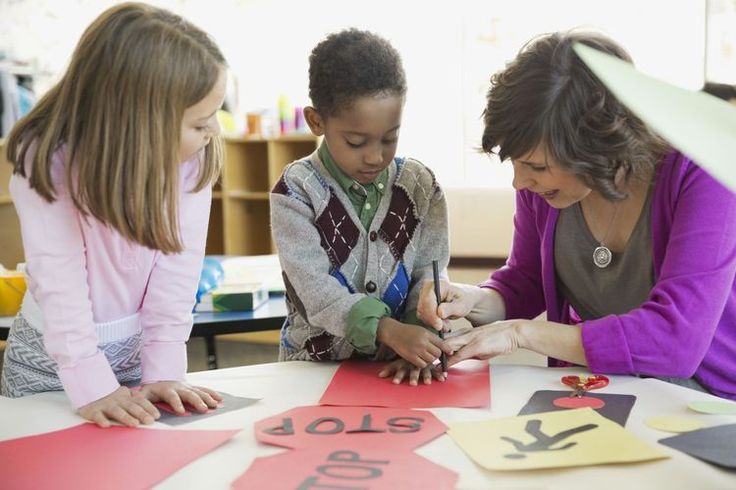
Sometimes your child won’t follow instructions. This can happen for many reasons. Your child might not understand. Your child might not have the skills to do what you ask every time. Or your child just might not want to do what you’re asking. You can help your child learn to cooperate by balancing instructions and requests.
Step-by-step guidance: breaking down tasks
Some skills or tasks are complicated or involve a sequence of actions. You can break these skills or tasks into smaller steps. The idea is to help children learn the steps that make up a skill or task, one at a time.
How to do step-by-step guidance
- Start with the easiest step if you can.
- Show your child the step, then let them try it.
- Give your child more help with the rest of the task or do it for them.
- Give your child opportunities to practise the step.
- When your child can do the step reliably and without your help, teach them the next step, and so on.

- Keep going until your child can do the whole skill or task for themselves.
An example of step-by-step guidance
Here’s how you could break down the task of getting dressed:
- Get clothes out.
- Put on underpants.
- Put on socks.
- Put on shirt.
- Put on pants.
- Put on a jumper.
You could break down each of these steps into parts as well. This can help if a task is complex or if your child has learning difficulties. For example, ‘Put on a jumper’ could be broken down like this:
- Face the jumper the right way.
- Pull the jumper over your head.
- Put one arm through.
- Put your other arm through.
- Pull the jumper down.
Forwards or backwards steps?
You can help your child learn steps by moving:
- forwards – teaching your child the first step, then the next step and so on
- backwards – helping your child with all the steps until the last step, then teaching the last step, then the second last step and so on.

Learning backwards has some advantages. Your child is less likely to get frustrated because it’s easier and quicker to learn the last step. Also the task is finished as soon as your child completes the step. Often the most rewarding thing about a job or task is getting it finished!
In the earlier example, you might teach your child to get dressed by starting with a jumper. You’d help your child get dressed until it came to the final step – the jumper.
You might help your child put the jumper over their head and put their arms in – then you might let your child pull the jumper down by themselves. Once your child can do this, you might encourage your child to put their arms through by themselves and then pull the jumper down. This would go on until your child can do each step, so they can do the whole task for themselves.
When your child is learning a new physical skill like getting dressed, it can help to put your hands over your child’s hands and guide your child through the movements. Phase out your help as your child begins to get the idea, but keep saying what to do. Then simply point or gesture. When your child is confident with the skill, you can phase out gestures too.
Phase out your help as your child begins to get the idea, but keep saying what to do. Then simply point or gesture. When your child is confident with the skill, you can phase out gestures too.
Tips to help children learn new skills
No matter which of the methods you use, these tips will help your child learn new skills:
- Make sure that your child has the physical ability and developmental maturity to handle the new skill. You might need to teach your child some basic skills before working on more complicated skills.
- Consider timing and environment. Children learn better when they’re alert and focused, so it can be good to work on new skills in the morning or after rest time. It’s also good to avoid distractions, like the TV or younger siblings.
- Give your child the chance to practise the skill. Skills take time to learn, and the more your child practises, the better.
- Give lots of praise and encouragement, especially in the early stages of learning.
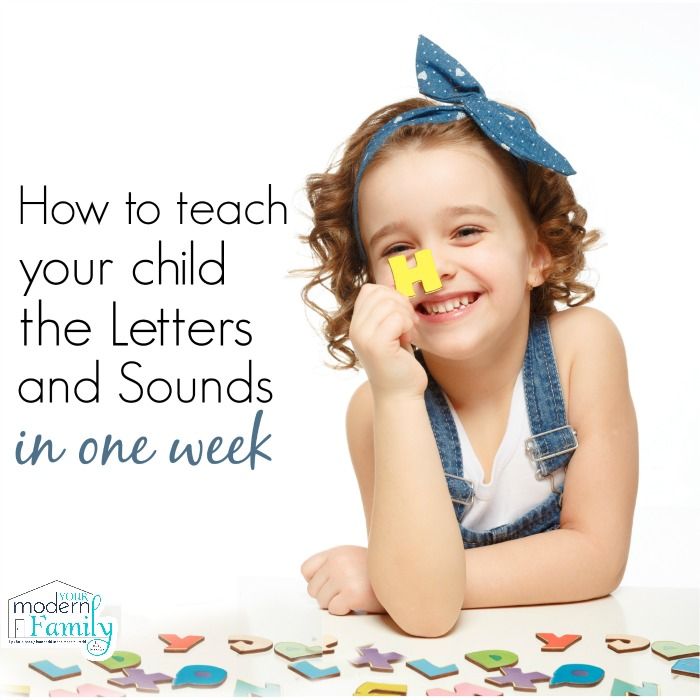 Praise your child when they follow your instruction, practise the skill or try hard, and say exactly what your child did well.
Praise your child when they follow your instruction, practise the skill or try hard, and say exactly what your child did well. - Avoid giving negative feedback. Rather than saying your child has done it ‘wrong’, use words and gestures to explain 1-2 things your child could do differently next time.
Remember that behaviour might get worse before it improves, especially if you’re asking more from your child. A positive and constructive approach can help – for example, ‘Well done for getting the knots on your laces right! Would you like to do the loops together today?’
7 Ways to Be the Teacher Your Child Needs (+ FREE printable poster!)
by Marie Rippel
What Makes a “Good” Teacher?
Let’s consider this question from a child’s perspective. If you asked your child to tell you what she wants in a teacher, what would she say? Go ahead and ask … we’ll wait!
If your child is like most, you probably heard things like “gives me lots of recess” or “doesn’t make me do math. ” But if we were to take a poll of the characteristics that children really appreciate in a teacher, we might also hear responses like these:
” But if we were to take a poll of the characteristics that children really appreciate in a teacher, we might also hear responses like these:
- Is nice to me
- Doesn’t yell
- Listens to me
- Cares about me
- Is excited when I get something right
- Is proud of me when I try
- Understands that I’m not like everyone else
- Makes learning fun
Did you notice that many of these qualities focus on the relationship between teacher and student? Coupled with the fact that your homeschooled child lives with his teacher, the importance of a positive student-teacher relationship gains even greater significance. But in the ups and downs of the daily grind, we sometimes get so focused on teaching and “improving” our kids that we forget to let them know how important they are to us and how much we believe in them.
Positive Encouragement Is Huge!
We all love working with people who bring out the best in us—people who encourage us, lift us up, and motivate us to reach higher—and your child is no different. If he ever feels discouraged, try some encouraging words to increase his motivation and help him get back on track.
If he ever feels discouraged, try some encouraging words to increase his motivation and help him get back on track.
This quote from Mother Theresa is one of my favorites: “Kind words can be short and easy to speak, but their echoes are truly endless.” It can be helpful to have a reminder of that from time to time, so we created this beautiful printable poster to serve as a daily reminder that your kids need your encouragement.
6 More Ways to Be the Teacher Your Child Needs
The impact the student-teacher relationship can have on your child’s ability to succeed is immeasurable. Here are a few more ways that you can be what your child needs most in a teacher.
- Treat lesson time as special.
As your child’s teacher, you will spend many one-on-one hours with your child. Teaching is the perfect platform to show your child how much value he has in your eyes. What a great opportunity to encourage your child, build him up, and help him develop skills and character.
- Smile.
Think about what a difference a smile from your boss or coworker makes when you’re feeling frustrated. To a discouraged child, a smile may communicate you can do it! even better than words can. - Reinforce the positive.
Point out the things your student does correctly more often than you point out his mistakes. The more you reinforce something, the more likely your child is to repeat it. Just follow the basic principles on the graphic below.
- Avoid comparing your child.
The temptation to compare your child to another child, to a test result, or even to your ideal outcome is a “big pit” that puts pressure on your child and usually leads to frustration and discouragement. - Listen to your child.
Attentive listening lets your child know you are engaged and present in the conversation, and a child who knows he is heard and understood feels valued.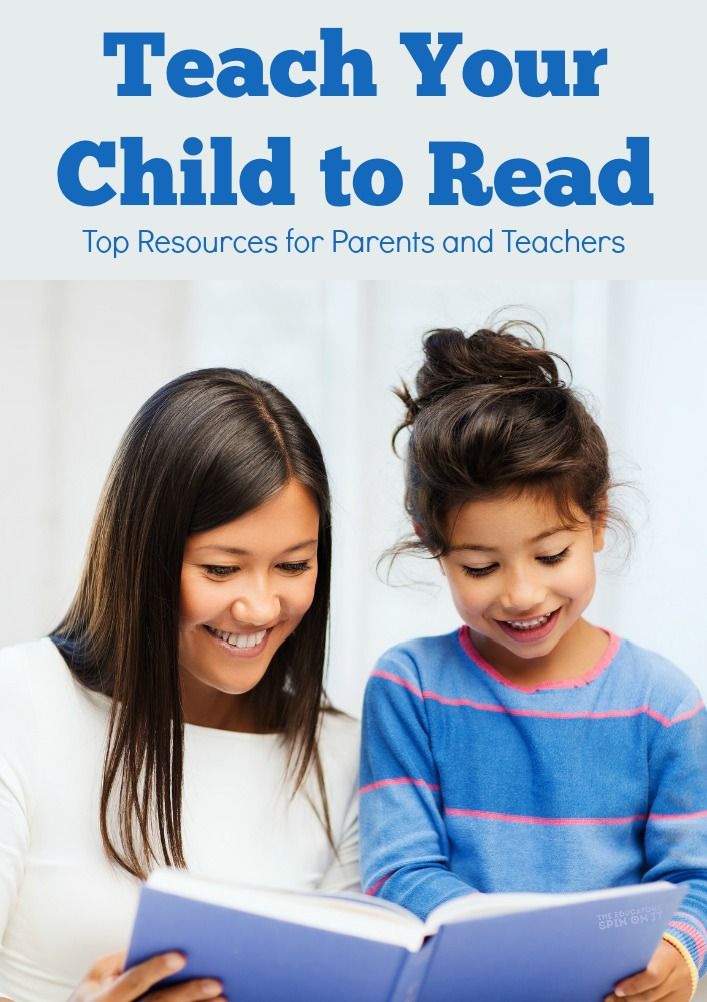
- Listen to yourself.
But don’t just listen … listen through your child’s ears. Do you need to include more expressions of approval in your teaching?
How do you encourage your child? Let me know in the comments and we’ll add some of our readers’ ideas to the list below.
Tips for Encouraging Your Child, Recommended by Our Readers
- When my kids are discouraged with a new activity, I help my children remember to keep working at it because they will get better! (Recommended by Renee W. via Facebook)
- I help my child work toward progress and not perfection. (Recommended by Karina D. via Facebook)
- I write them small encouraging letters and stick them to the bathroom mirror. (Recommended by Amber via blog comment)
- I like to give them high fives and tell them that I love spending my days with them! (Recommended by Christina H. via blog comment)
- When my child is discouraged because she doesn’t understand something, I repeat what she said, but with the word “yet.
 ” “You don’t understand this yet.” (Recommended by Julie via blog comment.)
” “You don’t understand this yet.” (Recommended by Julie via blog comment.) - When my kids tell you me “It’s too hard!” I reply, “Yes, this task is hard, but you CAN do hard things!” (Recommended by Kay via blog comment)
- I love to point out what my son has already accomplished to help him see what he is capable of. “Can you believe you just read a WHOLE story by yourself?” or “You have already read HALF of this whole book!” are a couple of examples. (Recommended by Anina via blog comment)
Participation in Black Friday Discounts up to 60% operate 0 days 00:00
Sign up for a course
Course
You will get acquainted with different forms of training and determine which suits yours to kid. Help him overcome academic difficulties and stop worrying about academic performance.
Help him overcome academic difficulties and stop worrying about academic performance.
- Speakers - Practitioners Psychologists
- Actual information about the school for parents of children 5 10 years old
- Duration 5 weeks
- Access to the course forever
who is suitable for this course
- Parents in school
END How to motivate your child to study independently. Identify his strengths and help improve his performance.
- Parents who are dissatisfied with teachers
Find out what the duties of teachers are and learn how to find a common language with them. Understand when to resolve conflicts, and when to change classes or schools.
- Parents who choose the school and form of education for their child
Get to know different types of schools and forms of education. You can choose a suitable educational organization in which the child will be comfortable studying.

What you will learn
- Motivate your child to study independently
- Less anxiety about academic performance
- Build relationships with teachers
- Keep your child interested in learning
- Decide when it’s time to see a psychologist or other specialist 9017 individual education
- Help your child overcome difficulties in school
- Choose the right school and form of education
- Personalize your child's educational path
A year of English for free
Skillbox launched an online platform for learning English. Sign up for the course and get one year free access to project materials.
Offer valid for users who have purchased any course since December 22, 2021.
Waiting for you:
- method of accelerated memorization of words and grammar;
- personalized language learning program to help you start speaking from scratch;
- the possibility of individual sessions with tutors.
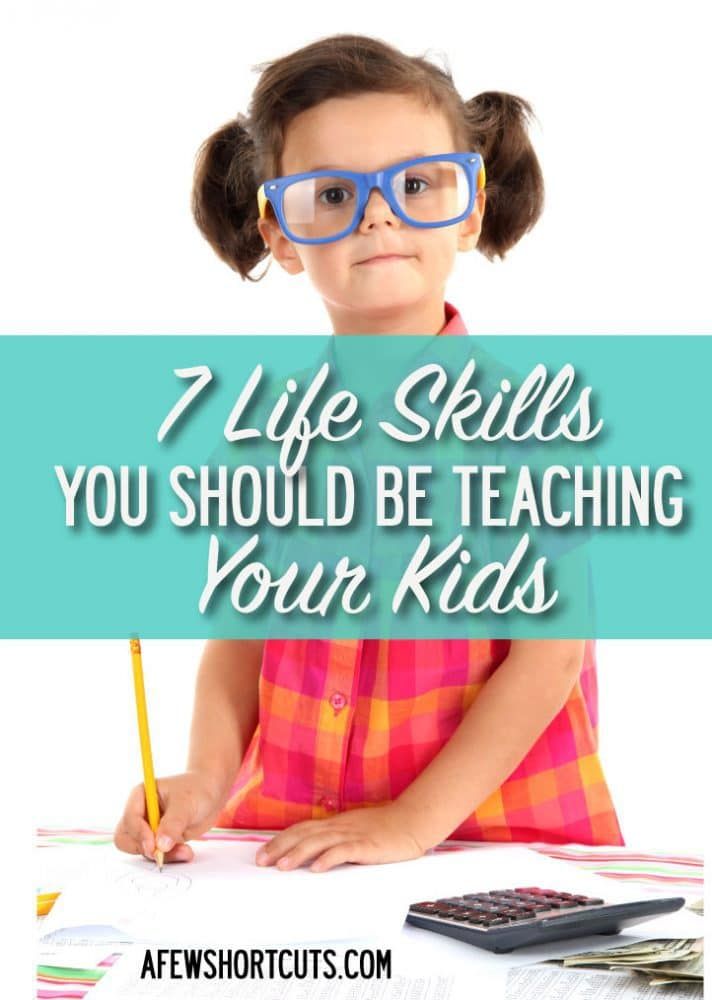
Enroll
How is the training on the platform
- Registration
Get to know the platform
The Skillbox platform is our own development, which we are constantly improving. Videos, practical tasks and communication with curators are waiting for you. Access to the materials will open immediately after the purchase of the course.
- Theory
Gain knowledge
The courses consist of thematic videos of different duration. Watch them anytime, anywhere. Access is perpetual, so you can always come back and repeat the theory.
- Practice
Complete tasks
We believe that skills are developed only through practice. Therefore, after the theory, practical work or a test awaits you. All tasks are close to real - they can be proudly put in the portfolio.
- Feedback
Working with a supervisor
Tasks are checked by curators. These are experts on the topic of the course.
 They will help with difficult tasks and suggest how to improve your projects. You can communicate with checking curators directly on the platform.
They will help with difficult tasks and suggest how to improve your projects. You can communicate with checking curators directly on the platform.
-
What difficulties does the child face at school
Get to know the main difficulties of schoolchildren. You will find out in which cases it will not be possible to solve the problem on your own and you need to contact specialists: psychologists, correctional teachers, psychiatrists. You will understand why even an inquisitive child does not always want to learn.
-
How to help your child learn
You will figure out how to help a younger student develop and learn how to properly motivate him. You will understand the role of the teacher in the learning process and find out whether it is necessary to do homework with the children. Determine which skills your child should develop to learn better.
-
Relations with teachers: resolving conflicts or changing schools
Find out if a school or teacher is right for your child.
 Learn how to build relationships with teachers and class teacher. You will learn how to transfer a student to individual training and what types of certification exist. You will figure out whether it is worth changing the educational institution or class in elementary school.
Learn how to build relationships with teachers and class teacher. You will learn how to transfer a student to individual training and what types of certification exist. You will figure out whether it is worth changing the educational institution or class in elementary school. -
Schools and forms of education: choosing the best for your child
Get to know the features of public and private schools, family and home schooling. You will analyze their pros and cons and you will be able to choose where it is better for your child to study.
-
Individual educational solutions
Find out when to contact tutors, nannies, mentors, tutors, navigators, coaches and psychologists. Learn to set rules and keep agreements. Analyze the abilities and academic performance of your child and understand what qualities and skills you need to develop.
Speakers
Natalia
Poskrebysheva Associate Professor, Faculty of Psychology, Moscow State University named after M.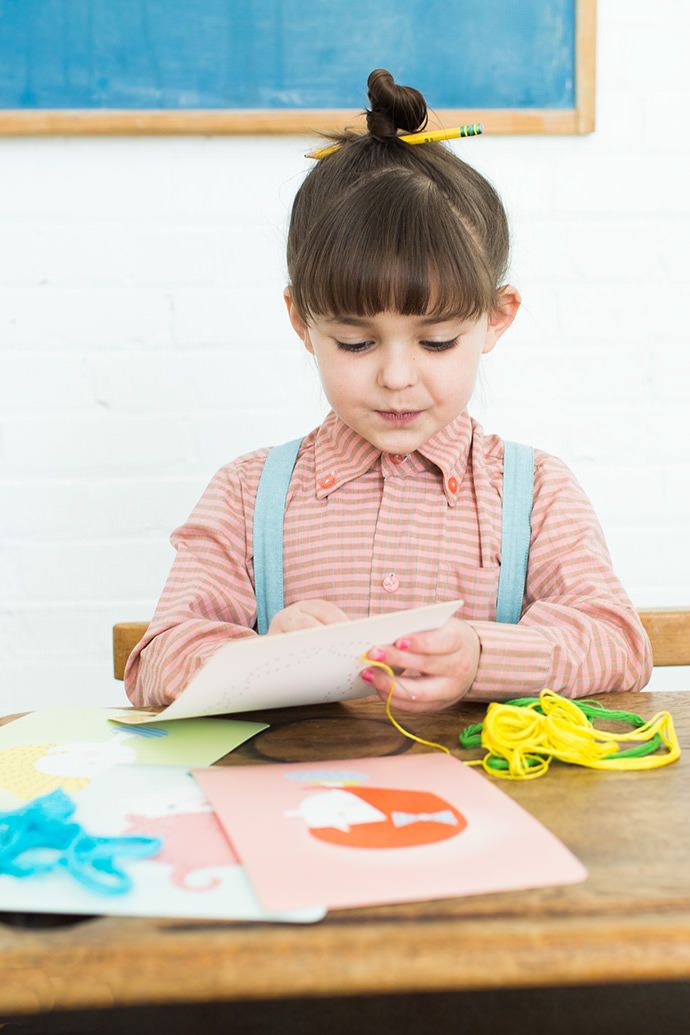 V. Lomonosov
V. Lomonosov
Julia
Starostina Lecturer, Faculty of Psychology, Moscow State University named after M.V. Lomonosov.
Alexander
Pokryshkin Child psychologist, play and art therapist. Lecturer HSE, MIP, RSUH
Yulia
Izotova Tutor, co-founder and expert of the Union of Professional Tutors "Pole of Practice"
Anastasia
Nisskaya Research Fellow, Center for Contemporary Childhood Research, Higher School of Economics
Elena
Mazurova Child psychologist, neuropsychologist
Frequently asked questions
-
The course is designed for parents of children from 5 to 10 years old. It is suitable for those who are just preparing their child for school, and for those whose child is already studying and has encountered difficulties in school life.
- What is the schedule for online classes? Can you combine it with work?
It all depends on you.
 We recommend watching one hour module per week and devoting at least 30 minutes to each practical task. And how much time you are ready to devote to the practice of reflection is up to you. Do not demand too much from yourself the quality of change is important here, not their speed.
We recommend watching one hour module per week and devoting at least 30 minutes to each practical task. And how much time you are ready to devote to the practice of reflection is up to you. Do not demand too much from yourself the quality of change is important here, not their speed. - How many hours per week will I need to devote to online classes?
It all depends on you. On average, course participants study from 1 to 2 hours per week.
- Who will help me learn on the platform?
You will have curators professional psychologists on the platform and in the Telegram chat of the course. They will comment on practical work, give useful advice and answer any questions. This will help to better understand the child, analyze and solve his school difficulties.
- Are there any installment plans?
- Novosibirsk
- Omsk
- Perm
- Rostov-on-Don
- Ufa
- Chelyabinsk
Motivation and involvement of your child in learning-Nakedsheart.
 online
online Many children are rejoicing do something by yourself for the first time. Children with autism spectrum disorder (ASD), by contrast, may not be as motivated by approval or praise.
This can make it difficult for children with autism to learn new skills and weaken their desire for independence. Often parents of children with autism don't know where to start. It will be helpful to learn how to determine when a child is motivated to learn, and what to do if not.
When to teach new skills
In general, the best time to teach new skills is when the child really wants something. It could be your favorite toy, interactive game, or delicious food. The main thing is to determine what kind of toy or food the child wants, and then understand how and when to give them to him.
Your child can show motivation by:
- pointing or reaching for food or toys;
- standing next to or walking towards a certain object;
- looking at you and then at an object;
- pushing your hand towards something;
- crying or throwing a tantrum when the object is taken away;
- asking for something.

Developing Motivation
The ideal time to interact and learn a new skill is when your child shows their motivation or tells you they are motivated. If you are unsure about what inspires children with autism to learn, or if your child rarely appears motivated, you may need to include motivation in your interactions with your child.
Here are some ways to develop motivation in your child.
- Become a part of any play or activity your child usually does on their own.
- Let it be interesting with you. Activity, whatever it is, should be more fun with you than without you.
- Try something new. Just because your child hasn't played with a toy before doesn't mean they won't like it.
- Introduce small pauses in repetitive play or before giving a toy to a child. This may facilitate hand or eye pointing and vocalization.
If you're feeling stuck and need ideas about new toys, games, or food to try to get your child interested, check out the article on how to develop interest in toys and games.


